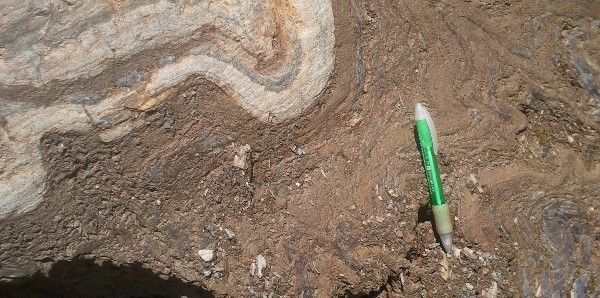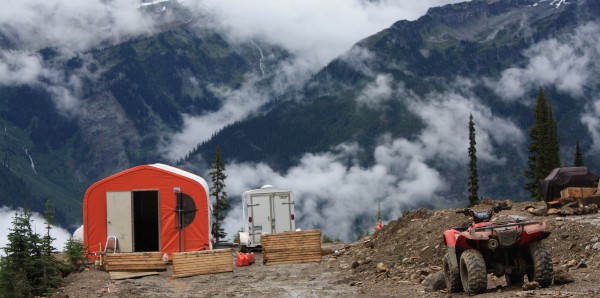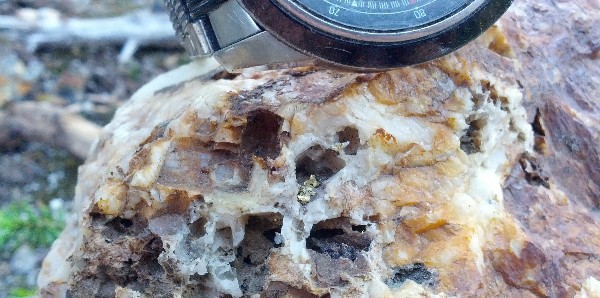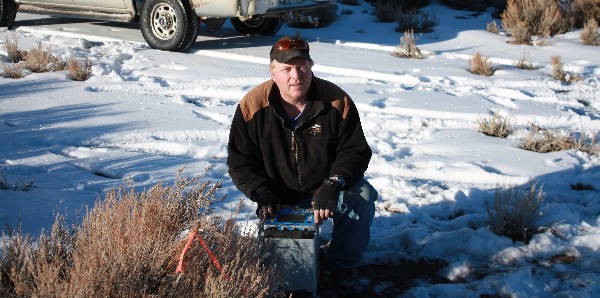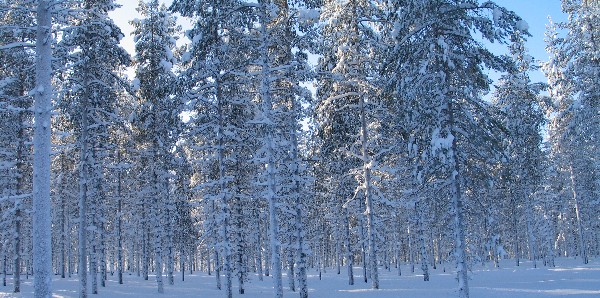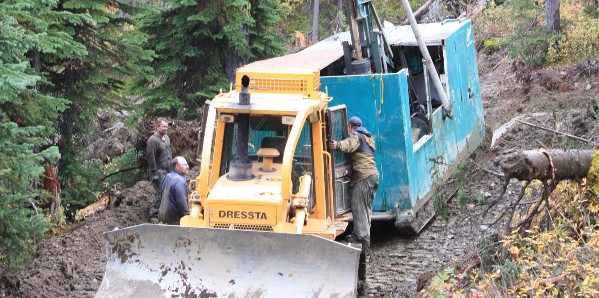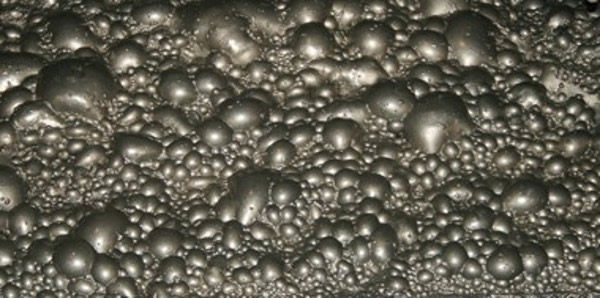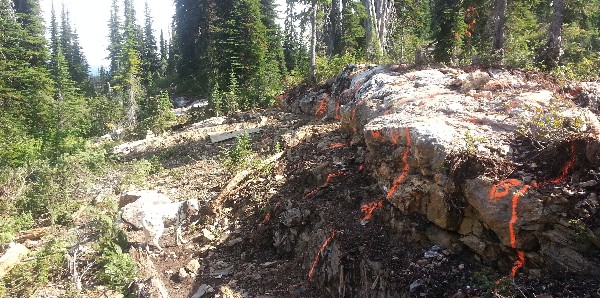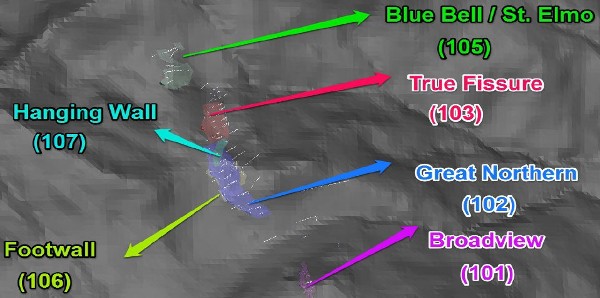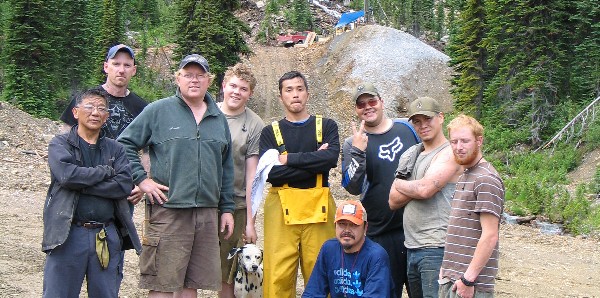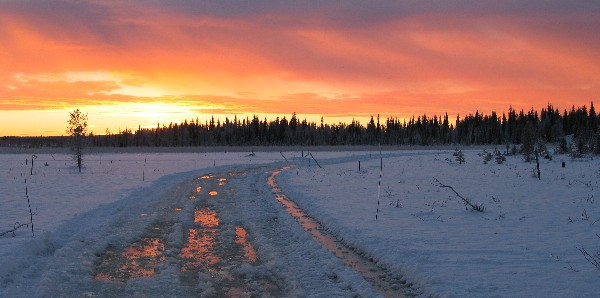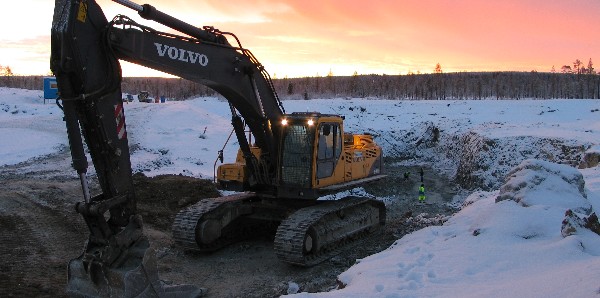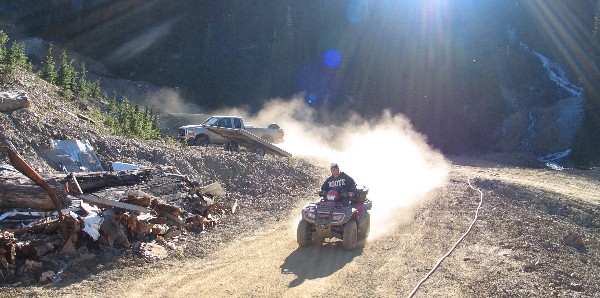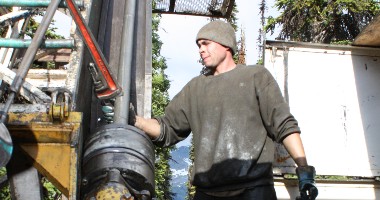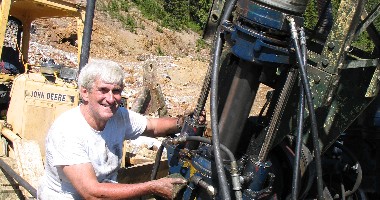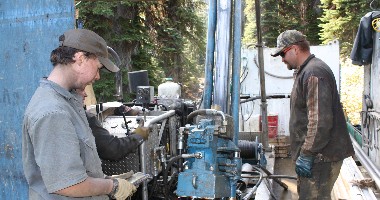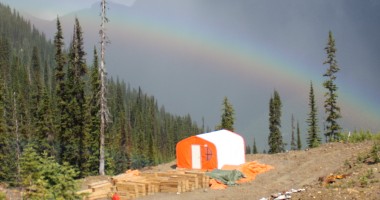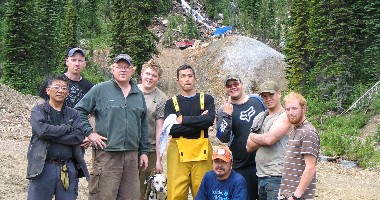Geological Overview
Thor Geology Map
Shown below is a schematic geological map of the Thor Property showing the relationship to some of the major features in the area.
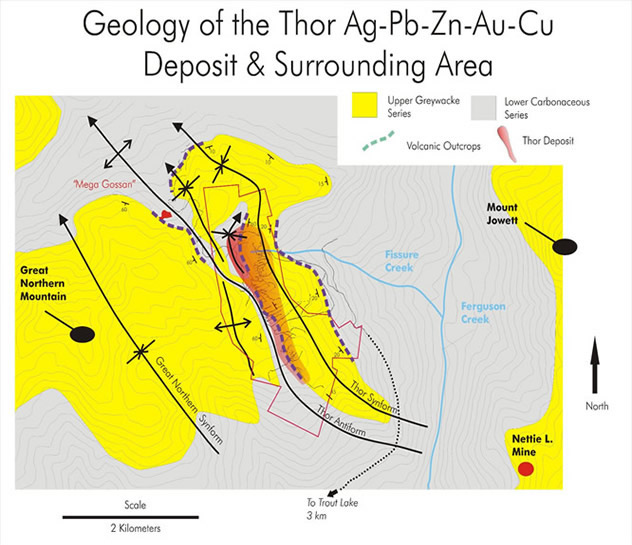
Rock Types and Descriptions
A brief outline of the major rock forming units at Thor is tabulated below. Those rock units that host mineralization are shown with a (m) after the rock unit name. The rock units are also ordered youngest to oldest.
| Rock Unit | Brief Description | Typical Photograph (click on image for larger photograph) |
|---|---|---|
| Foot-Wall Black Sediments | The sediments found in the footwall of the deposit are highly foliated, and are black in color. They do not have significant quartz or ankerite veining. | |
| Hanging Wall meta-sediments with quartz stockwork and highly altered groundmass (sericite and chlorite) | In close proximity to the Combined Metals Unit, the sediments are highly deformed and also intruded by quartz stringers. | |
| Massive sulfide with quartz (m) found in the Combined Metals Unit | Some of the spectacular mineralization found in the Combined Metals Unit in the Blue Bell Zone. It is characterized by large quantities of galena, sphalerite and traces of chalcopyrite. It has very high silver grades. | |
| Quartz-sulfide breccia (m) - Scab Zone | This rock type is part of the Combined Minerals Unit, and although not galena or sulfide-bearing, it does have appreciable quantities of gold and minor amounts of silver. | |
| Massive galena (m) found in the Combined Metals Unit | Similar to the massive sulfide with quartz photograph shown above, but this time from the True Fissure Zone. This is an interesting photo since it shows the downhole progression from Green Tuffaceous Horizon to Mineralized Horizon and finally into the quartz-flooded Footwall Sediments. | 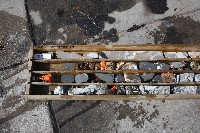 |
| Siderite and sphalerite in quartz-flooded zone (m) | Some of the quartz-flooded zones are mineralized with both ankerite and sphalerite. These two minerals have an identical color, but the ankerite is identifiable by its coarser crystal habit. | 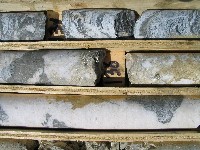 |
| Green tuffaceous horizon | This unit sheds valuable information on the genesis of the deposit. It is found everywhere in the structural hanging-wall of the deposit, and is clearly a volcaniclastic marker horizon. Every drill hole passes through this marker horizon before entering the Combined Metals Unit.. | |
| Massive sulphide & carbonaceous sediments | Associated with the structural footwall of the deposit are sediments with large amounts of carbonaceous material (graphitic). It can be seen in the photograph in the top portion of the intercept of the Combined Metals Unit. |
